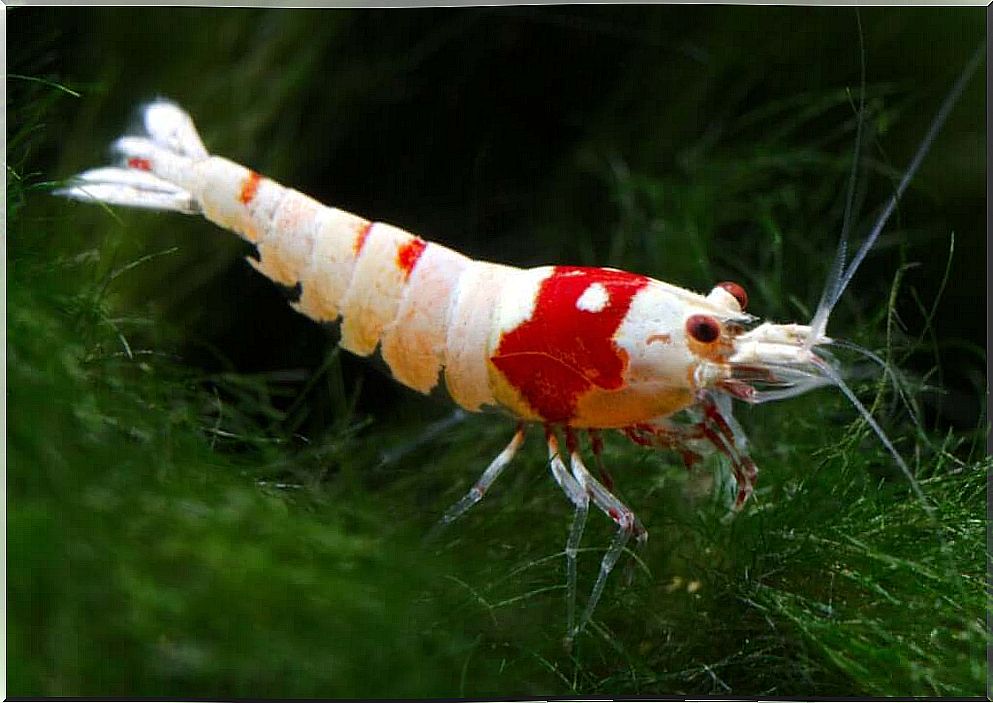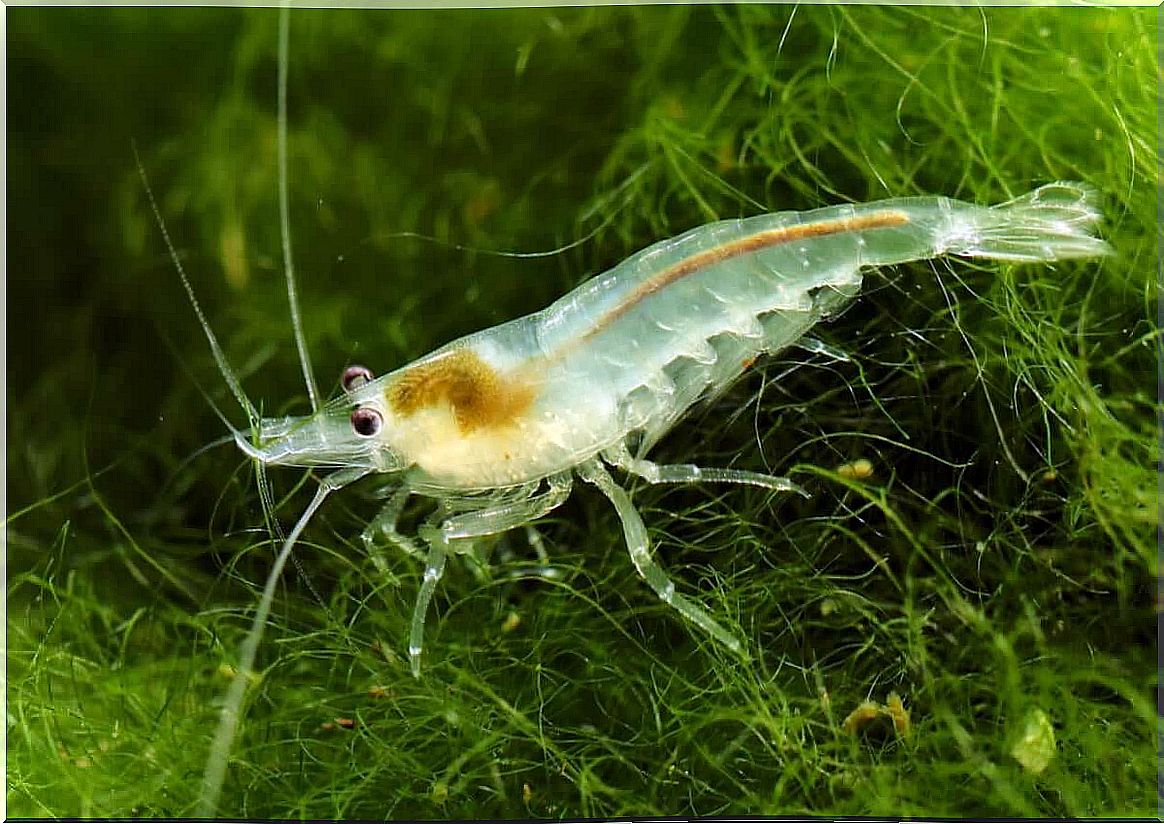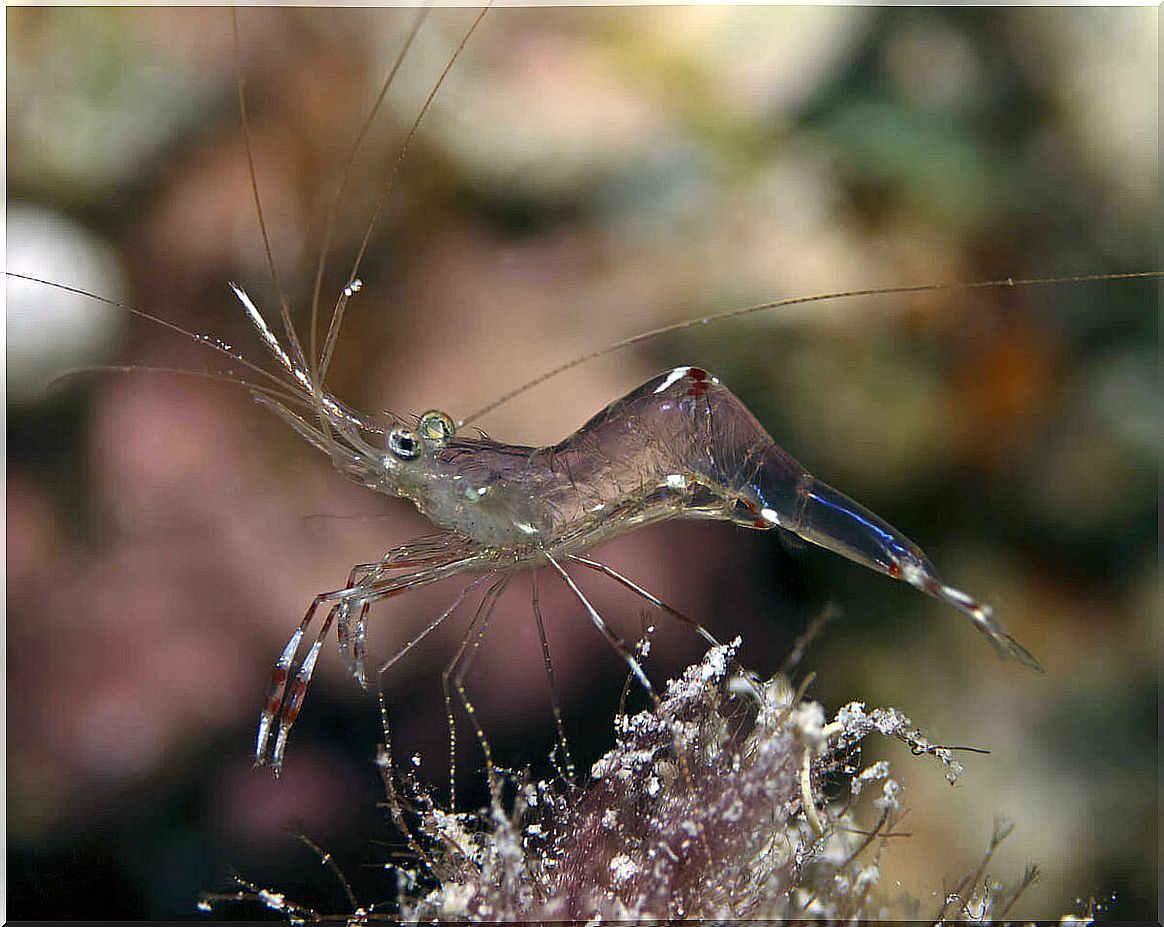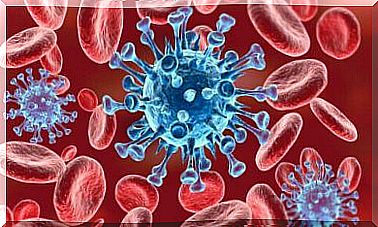Carids: Where Can They Be Found?

Caridae are a group of decapod crustaceans ( Decapoda: Caridea ) composed of several species. In number, this taxonomic group is only surpassed by its relatives, the crabs. In addition to these, other close relatives are shrimp and lobsters.
Commonly, caridae are known as the popular shrimp. Its numerous species inhabit the bottom of the water in almost all aquatic environments in the world.
Thus, there is an immense diversity of shrimp that live in the sea, but also in brackish and fresh waters in coasts, estuaries, rivers and lakes. If you want to know more about these cute invertebrates, keep reading.
an expanding group
Worldwide, around 3,500 species were recognized in 2011, but this taxon is continually growing. Approximately 770 – 800 species live in fresh water and in continental waters, for example, in underground caves. Freshwater carids constitute a fifth of the world’s shrimp diversity.
Thus, we can state that carids are widely distributed around the world, from the equator to the polar regions. As for the habitat, they are found in several ecological niches, from shallow to moderately deep coastal waters.
We also find pelagic species (middle ocean waters up to 200 meters deep), but others are considered benthic (they inhabit the seabed, more than 5,000 meters deep).
In this context, it is difficult to estimate the true magnitude of the number of shrimp species, as new taxa continue to be described every year. Among freshwater species, two genera are numerically dominant: Caridina and Macrobrachium . However, it is possible that many other species are waiting to be discovered.

The Special Case of Commensal Caridae Species
Interestingly, the existence of some species of carids that live in commensal relationship with sponges and other invertebrates has also been reported . Commensalism, while a widespread way of life in marine shrimp species, is rare in freshwater species. So far two are known:
- Limnocaridina iridinae, which lives in the mantle cavity of a unionid mollusc ( Unionidae is a family of bivalve molluscs) from Lake Tanganyika in Central Africa.
- The Caridina species , which lives in mutualism with freshwater sponges in Lake Towuti, Sulawesi, Indonesia.
The anatomy of shrimp and crayfish is very similar, but not the same.
Both creatures have a body divided into three parts: cephalothorax, abdomen and telson (the tail shaped like a small fan). This tail allows them to quickly swim backwards. Like all decapods, they have 10 legs specialized in performing different functions: walking, feeding or reproducing.
In addition, both have gill breathing and chitin exoskeleton. Although they can be colored, they are usually semi-transparent, which makes them difficult to see in water. They have three pairs of sensory antennae and strong jaws in the cephalothorax.
Physical differences between shrimp and crayfish
In crayfish, present in marine waters and very few species in freshwater, there are branched tree-shaped gills and antennae that can double the size of the body.
They also have six pincers, one at each end of the first three pairs of legs. When looking at the exoskeleton, the first plate overlaps the second and the last overlaps the third.
On the other hand, in shrimp, the gills are leaf-shaped or filobranches. The antennas are relatively small, not exceeding the size of the body. The third pair of legs never ends in a claw, however, it can have claws in the first and second pair, or only in the second pair.
What is the Caridae Diet?
In general, many species of this infraorder are filtering. However, many others are omnivores, that is, they consume plant and animal matter.
Thus, it is known that they can eat crustaceans, molluscs, ophiuroids, algae, necrotic tissue from other organisms, various parasites, and some other slowly moving benthic organisms.
It is important for ecological niches that carids consume carrion. Due to their work in consuming dead tissue or parasites from other species, they are often called cleaner shrimp.
It is interesting to know that species of the Alpheidae family , known as snapping shrimp, stun their prey before eating them, making a loud noise with one of their claws, producing a click in the water.

Shrimps are fundamental to the life of all species
It is important to consider that, due to their small size and large abundance, caridae are natural prey for many predators around the world.
Its numerous species are the basis of the diet of seabirds, fish, crabs and many other marine species. Due to its dietary value for humans, its commercialization is very important in the economy of many countries.
The conservation status of caridae
Recently, a total of 13 species of freshwater shrimp were included in the IUCN Red Data Book.
The risk is greatest for species that inhabit a single cave or cave system, as these systems are under threat of human invasion and groundwater contamination. So far, Syncaris pasadenae is the only shrimp species considered extinct.









